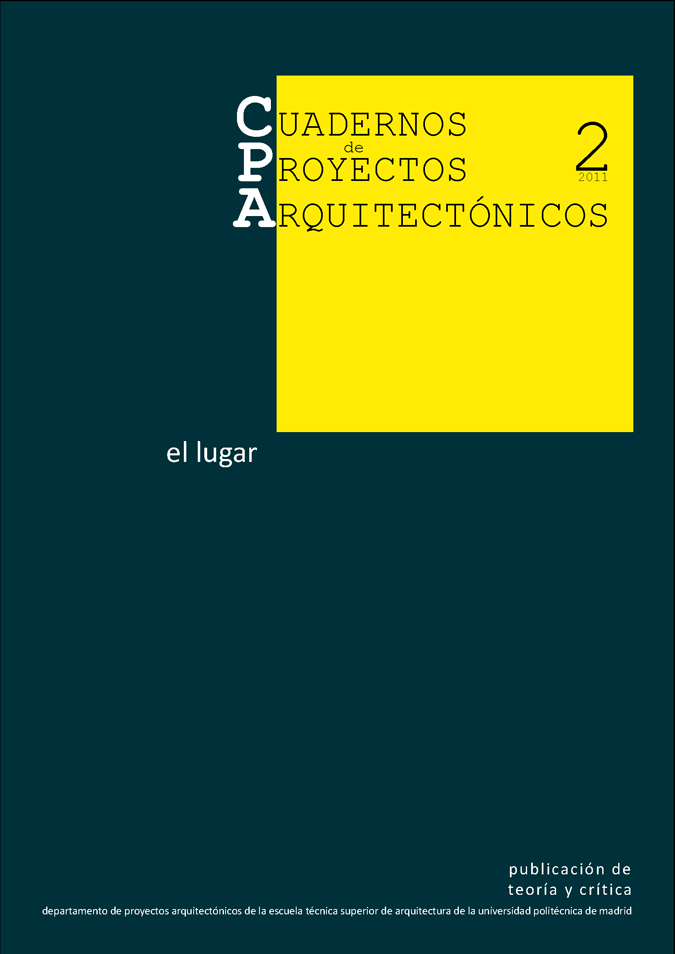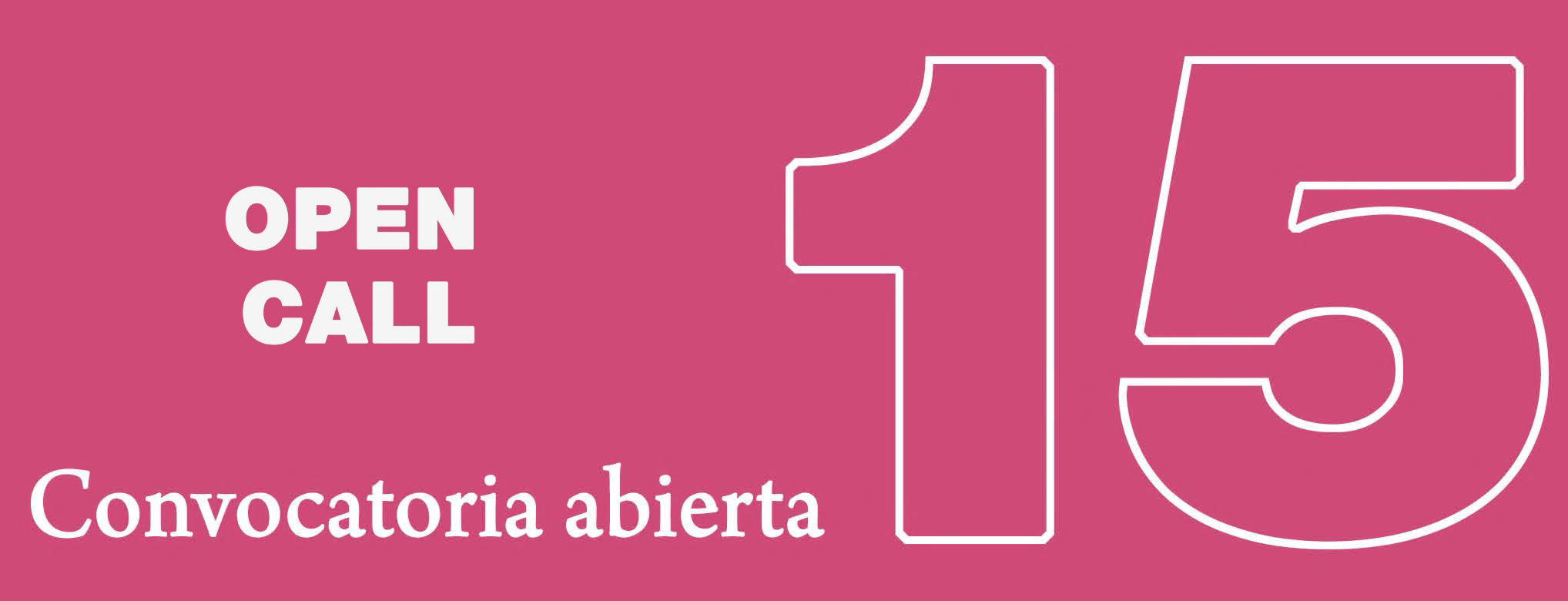Euritmiópolis. Una propuesta para la sostenibilidad del futuro. A propósito de la molécula urbana de Miguel Fisac.
Resumen
The new concepts of "urban ecology" engaged in searching for solutions involving a balance between energy saving and minimal spending are not new.
One of their pioneers, the American sociologist Ernest Watson Burgess, established already in the 1930's a scheme of concentric zones as a development of cities based on the experience of Chicago, collected in the book "The City" by Robert E. Park (Chicago, 1935). In the sixties, Le Corbusier designed the master plan for Chandigarh, with the scheme of the city based on a layout of roads known as "The 7 Streets", which ended up being eight after adding the cycle pathways that were so essential to a country such as India. Today, architects such as Norman Foster speak of "Architecture and Sustainability" in their proposals for the new city of Masdar, situated in Abu Dhabi, energy appears as the determining element in the development of the project. Masdar will be the first sustainable city in the world, which will house 50,000 inhabitants and will not emit carbon dioxide into the atmosphere, nor will it generate urban waste.
This article seeks to place the term eurythmiopolis for the city of the future put forth by Fisac on the current scene, against that of sustainable city proposed by Foster. In his proposal, Fisac includes an idea of ecological city planning where specific functions of the new socialized coexistence, are immersed in an agricultural or forest environment, and exploited using the most advanced scientific and economic techniques.
Therefore, as Fisac said in his introduction to his book The Urban Molecule: Given the speed at which technology evolves, any urban proposal based on it would condemn the cities of the future not only to aging rapidly, but also to even be born already old : something which could already be occurring to the sustainable city of Masdar.
Descargas
Descargas
Publicado
Número
Sección
Licencia
1. Los autores conservan los derechos de autor y garantizan a la revista el derecho de una Licencia Creative Commons Atribución-NoComercial-SinDerivar 4.0 Internacional que permite a otros compartir el trabajo con un reconocimiento de la autoría.
2. Los autores pueden establecer por separado acuerdos adicionales para la distribución no exclusiva de la versión de la obra publicada en la revista (por ejemplo, situarlo en un repositorio institucional o publicarlo en un libro).













